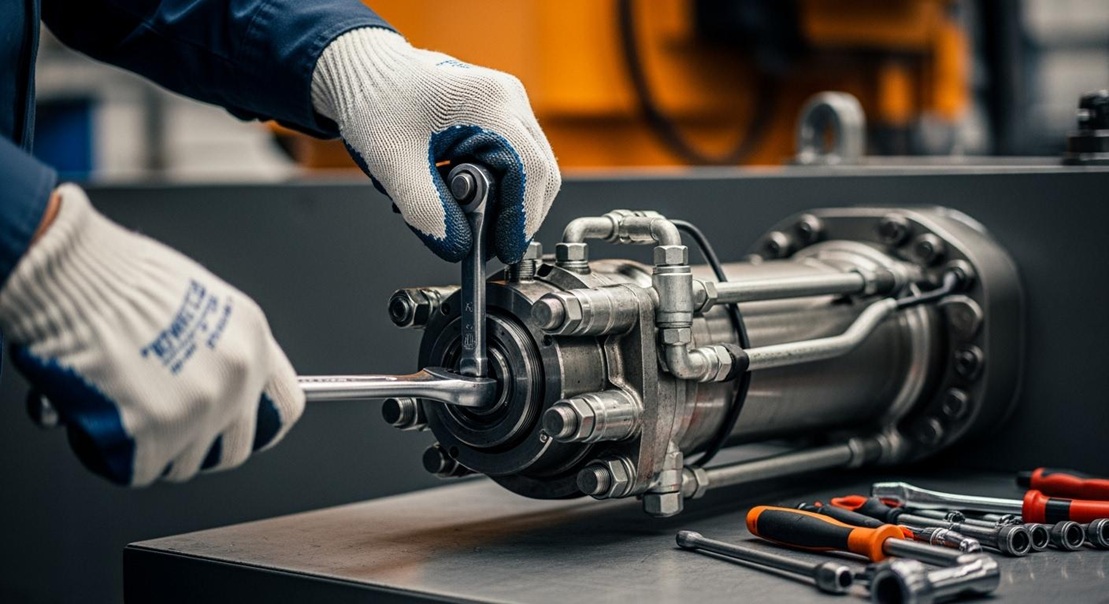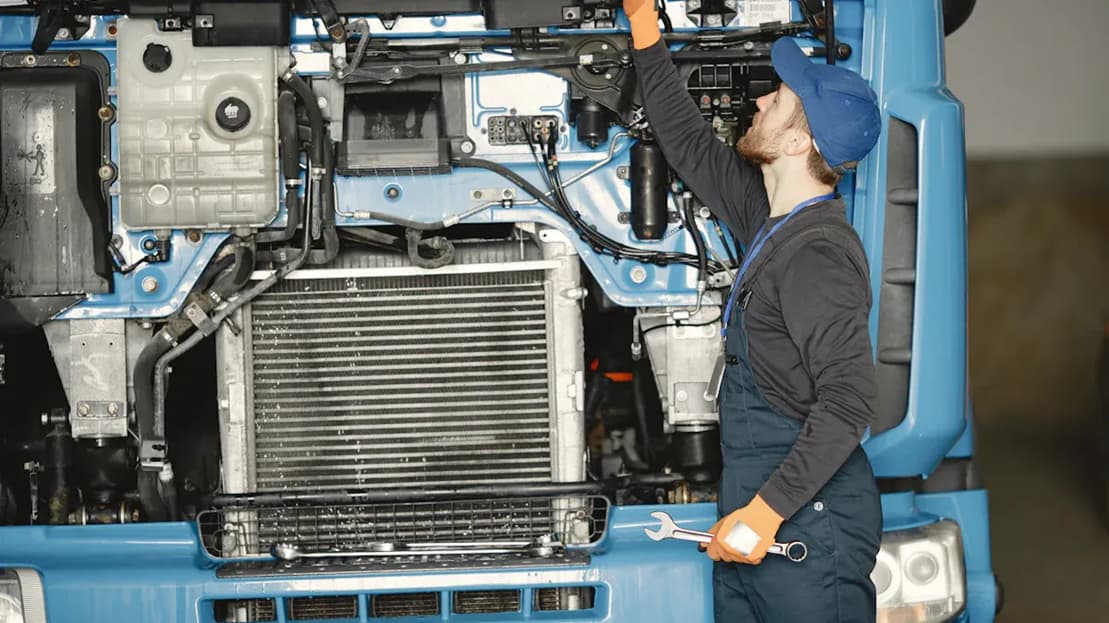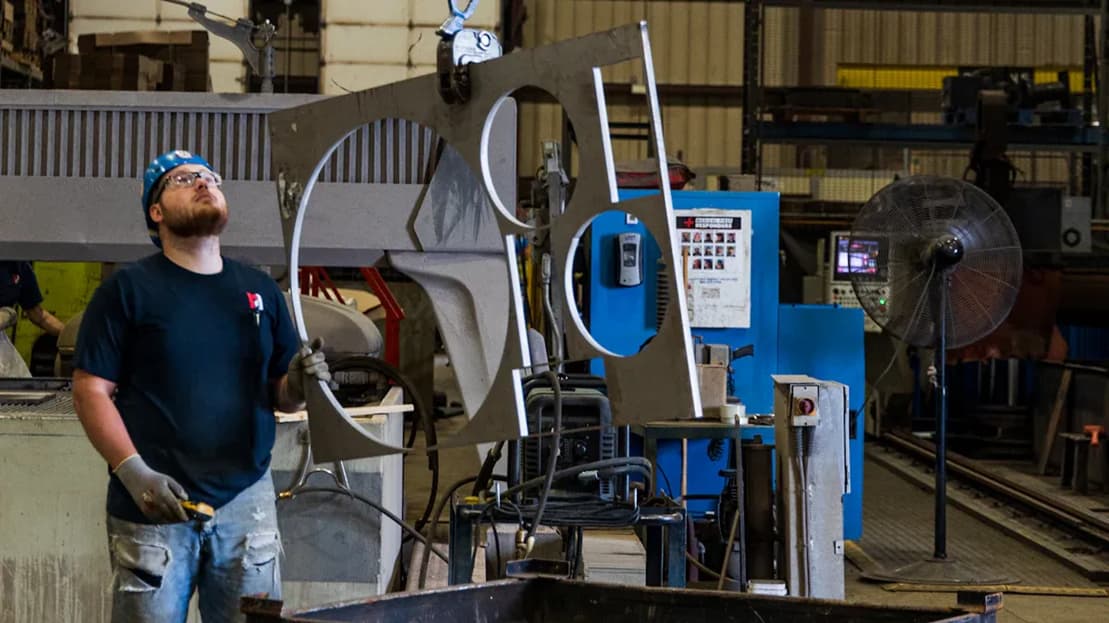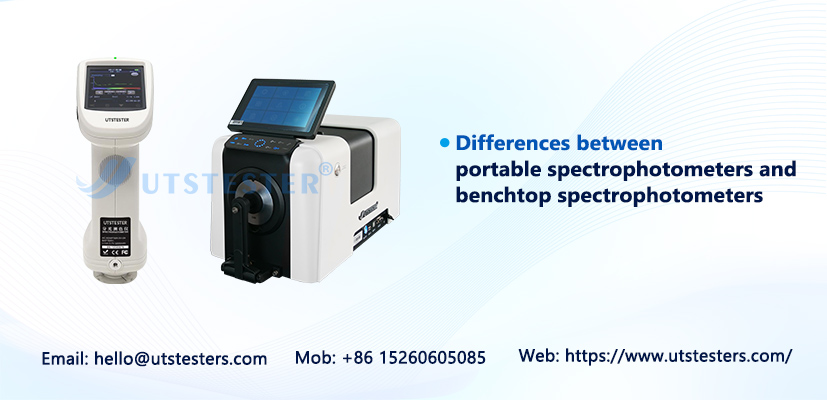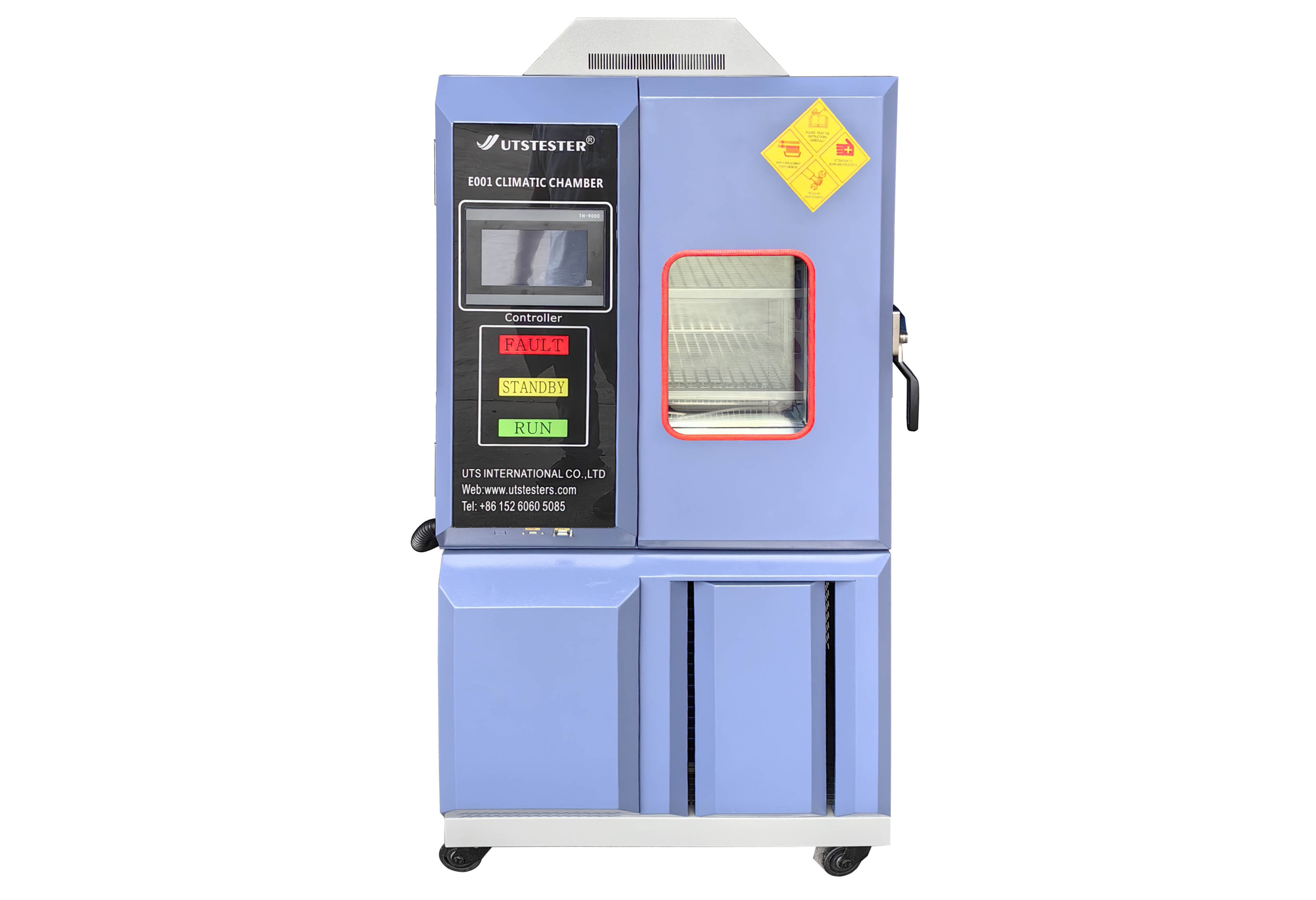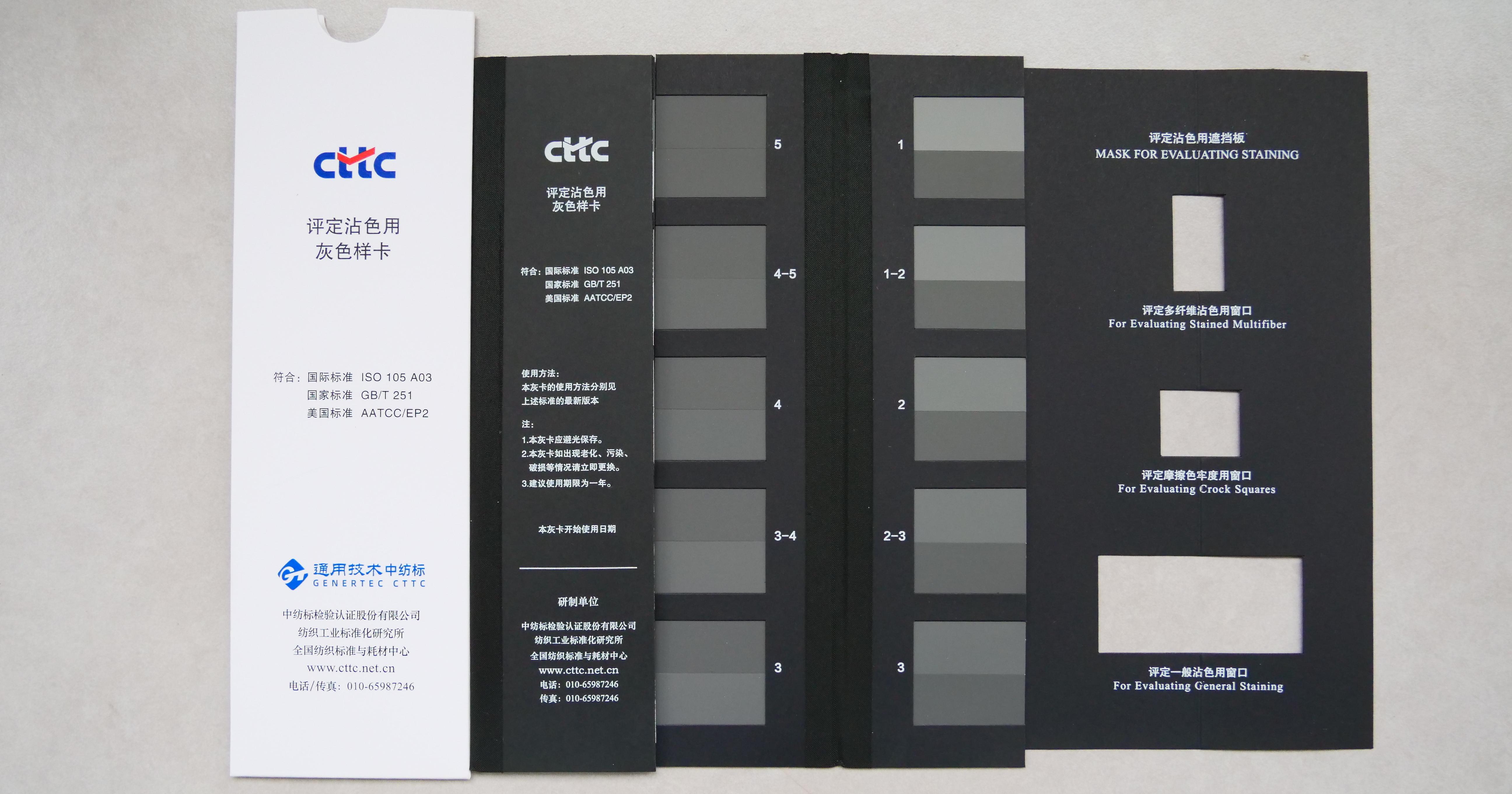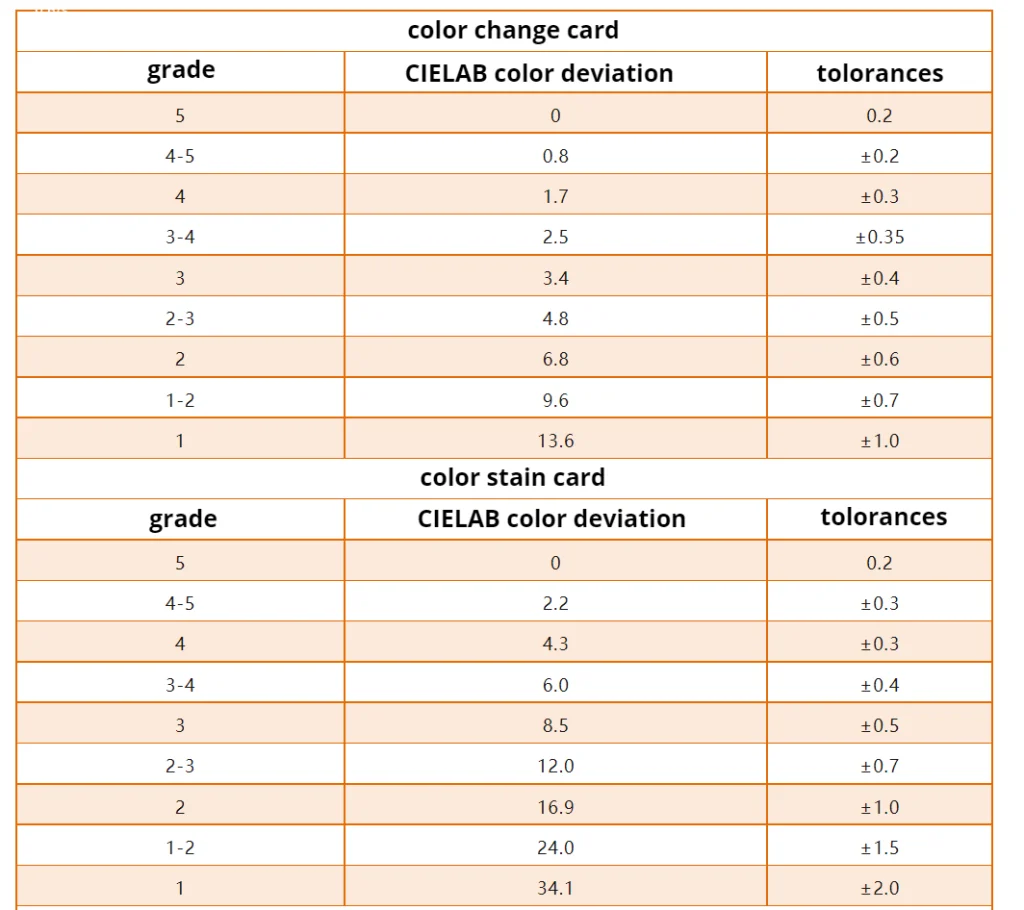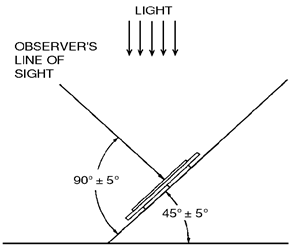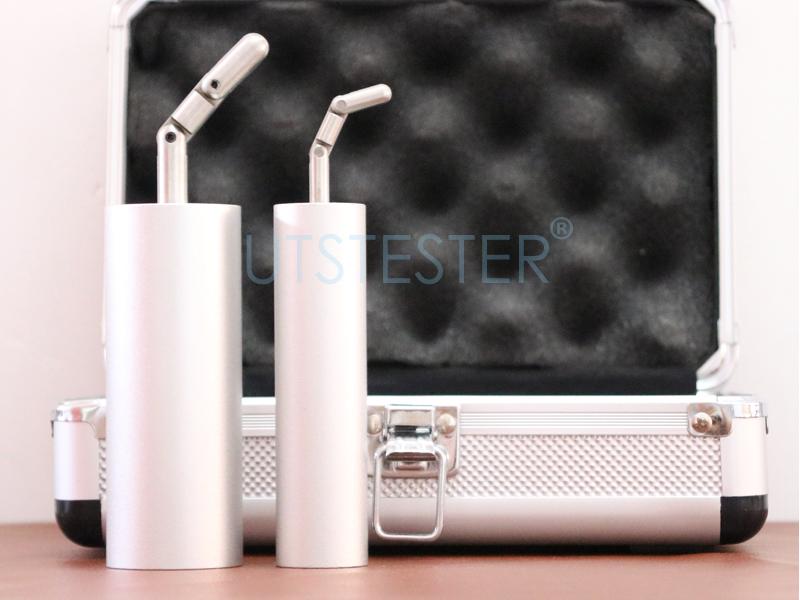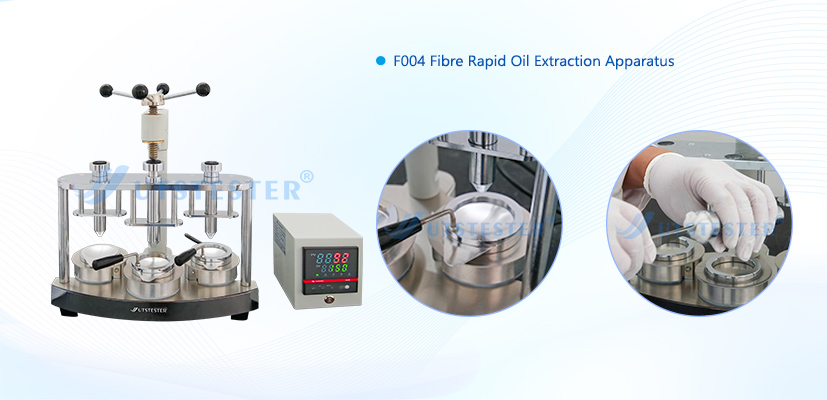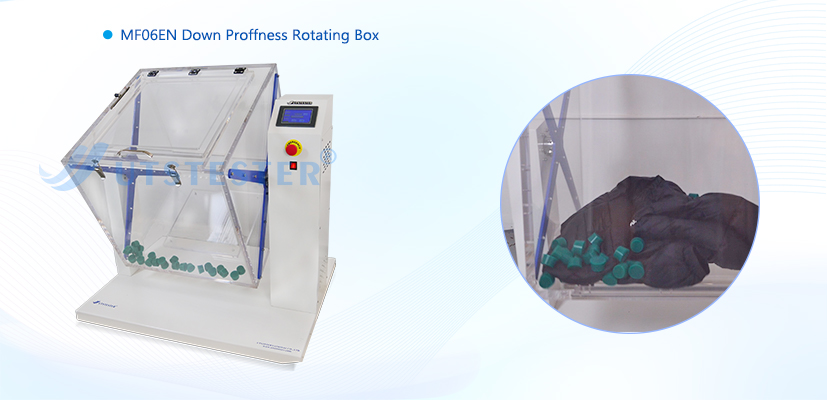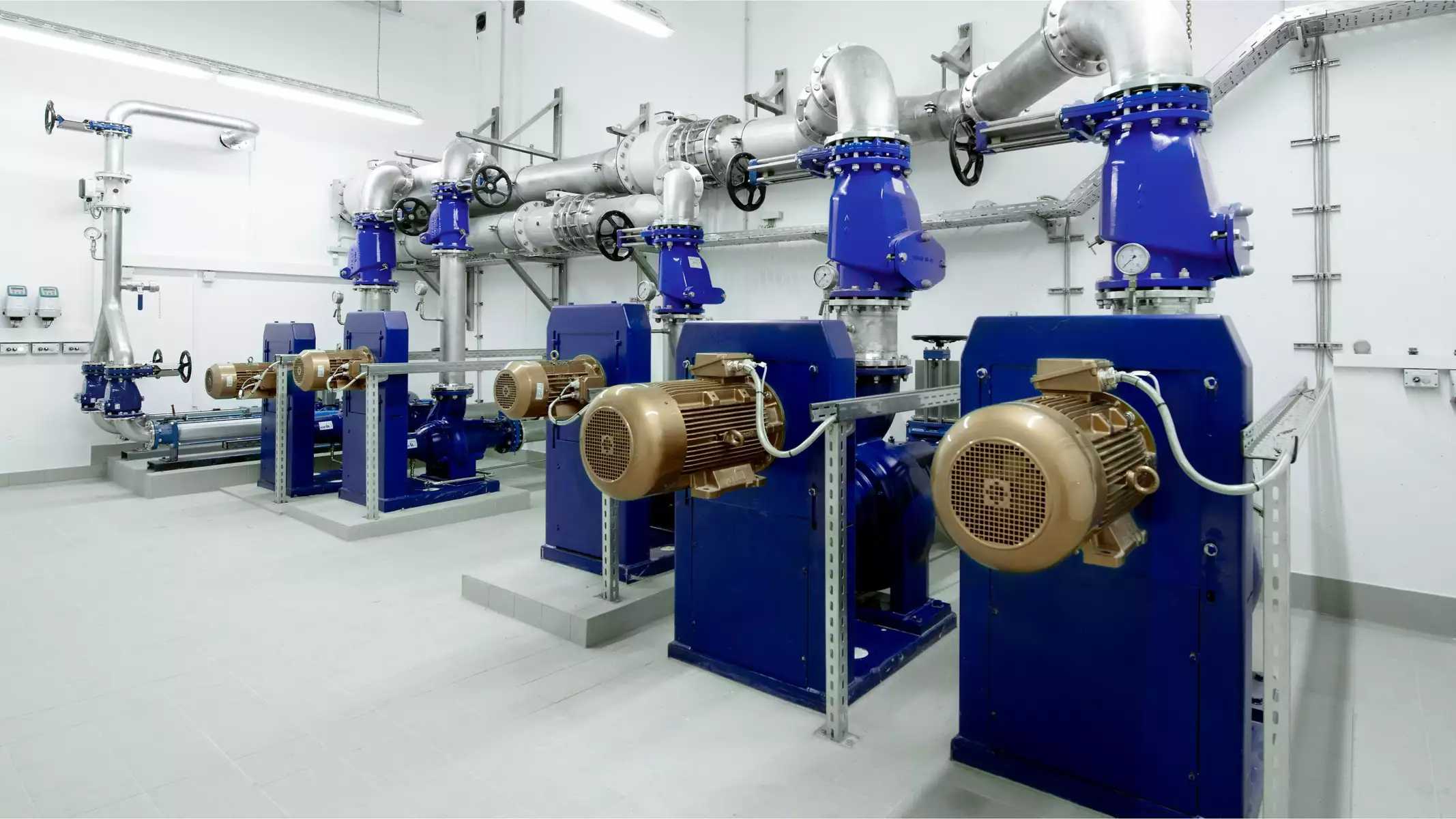
Hydraulic cylinders help many machines in factories and on building sites. You see hydraulic cylinders change fluid pressure into straight movement. This lets machines do hard jobs. These devices are used in many ways, like in making products, fixing roads, and new technology. When you use hydraulic cylinders, you get many benefits:
-
Precise control helps machines work better and faster.
-
Position-sensing makes work quicker and products better.
-
Lifting and moving heavy things safely is more accurate.
-
Smart hydraulic cylinders fit many systems for more uses.
Hydraulic Cylinder Applications in Manufacturing
Automation and Assembly Lines
Hydraulic cylinders are used in many automated machines. They help machines move parts fast and with accuracy. You often see NFPA tie-rod cylinders, welded rod cylinders, and telescopic cylinders on assembly lines. These types give steady movement and good control. Hydraulic cylinders can push, pull, lift, or hold things during production. In food and drink factories, they give exact movement and strong power. You find them in compactors, packaging machines, and equipment that moves materials. They make it easy to lift and place products. Hydraulic and pneumatic systems also open oven doors, line up packages, and move items down the line. Their strength and accuracy help at every step.
Metal Fabrication Processes
Hydraulic cylinders are important in metal fabrication. They are used to cut, bend, and shape metal parts. These devices turn hydraulic pressure into force, which is needed to form metal. You use hydraulic cylinders in presses and forming machines. How well your machines work depends on the design and care of hydraulic cylinders. They give strong force and exact control, which makes products better. Here is a table that shows how hydraulic cylinders help in metal fabrication:
|
Role of Hydraulic Cylinders |
Description |
|---|---|
|
Conversion of Force |
They turn pressurized hydraulic fluid into force, which is needed for cutting, bending, and shaping metal. |
|
Impact on Efficiency |
The design and care of hydraulic cylinders affect how well and how accurately metal is formed. |
|
Function in Press Mechanism |
They work like muscles in the hydraulic press, making the metal-forming process happen. |
Hydraulic presses are efficient and can do many jobs. They make a lot of force, which is needed to shape metal. You can pick single or multi-action types for different jobs.
Material Handling Systems
Hydraulic cylinders help move heavy things in factories. They lift and carry materials with strong power. You can control them well by changing the hydraulic fluid pressure, which makes moving things safer. 3 stage telescopic hydraulic cylinders last a long time and do not need much care. You can change them to fit different jobs. Here are some benefits of hydraulic cylinders in material handling:
-
Strong lifting power for heavy things
-
Good control for safe and exact movement
-
Long life and dependability for less stopping
-
Can be used for many kinds of material handling
You also see tie rod hydraulic cylinders in automation and material handling. These are easy to fix and take care of. Welded hydraulic cylinders last longer and can lift heavier things. You pick the best type for your needs.
Smart hydraulic cylinders now have sensors and IoT technology. You can check how they work in real time and know when to do maintenance. This means less stopping and keeps your hydraulic systems working well.
Hydraulic cylinders help automation in new technology areas. You see them in smart factories where they help make work faster and better. The global market for smart hydraulic systems is growing quickly, showing how important these uses are for the future of manufacturing.
Hydraulic Cylinders in Construction and Infrastructure
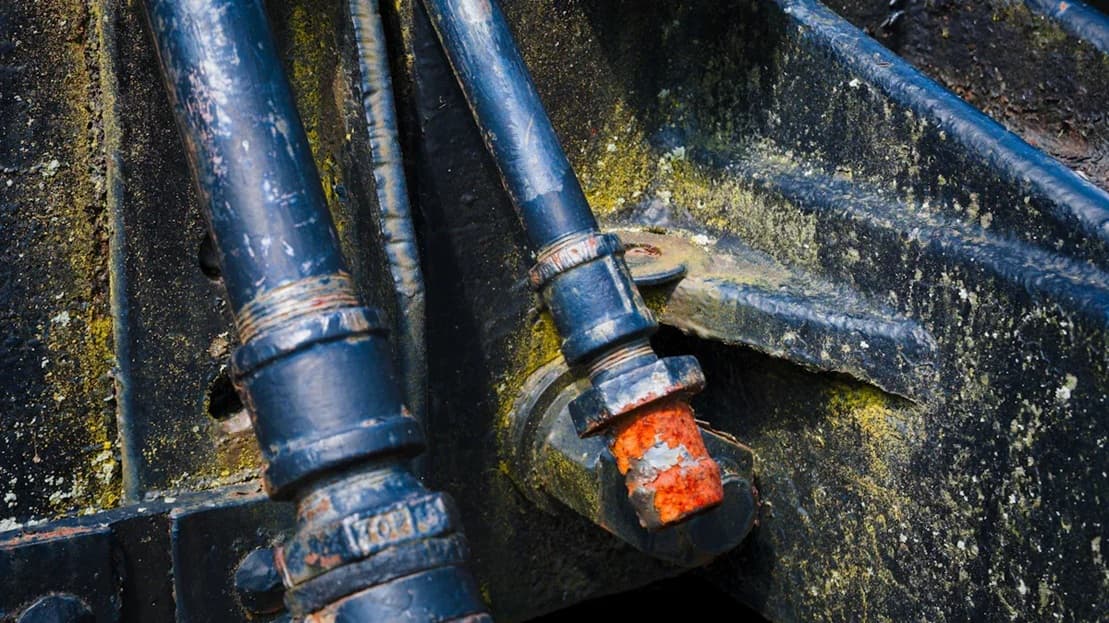
Heavy Equipment Operations
Hydraulic cylinders are used in many construction machines. Excavators, loaders, cranes, and dump trucks need hydraulic cylinder power. These machines use hydraulic systems to move and lift heavy things. Cranes use hydraulic cylinders to make booms longer or shorter. This helps you put loads in the right spot. In excavators, hydraulic cylinders move the boom, stick, and bucket. This makes digging and trenching much easier. You can control blade angles and depth very well. This helps clear land and grade it better. Long stroke hydraulic cylinders make strong force. This lets you lift and move heavy things safely. Here are some ways hydraulic cylinders make construction equipment safer and better:
-
Hydraulic cylinders help you put loads in the right place with cranes.
-
Hydraulic systems give power and last a long time in big machines.
-
You can change blade angles for better grading and clearing.
-
Hydraulic cylinders help you dig and move dirt easily.
-
You can lift and move heavy things without worry.
You need to take care of hydraulic cylinders to keep them working well. Check fluid levels every day. Look at hoses and fittings for leaks. Check cylinders for any damage. Clean tools and closed tanks stop dirt and heat problems.
Infrastructure Repair and Lifting
Hydraulic cylinders are important for fixing buildings and bridges. You use them to lift buildings and make bridges level. These devices give a lot of force and power. This makes hard jobs easier. You can control how things move very well. This helps you put materials and tools in the right spot. Hydraulic cylinders work in many machines. You can change them for special jobs. They are small and strong, so they save space and last a long time. This means you can finish repairs fast and safely.
Tip: Pick hydraulic cylinders made from tough materials. This helps them work well in rough places.
Road and Bridge Maintenance
Hydraulic cylinders are needed for fixing roads and bridges. You use hydraulic leveling cylinders to keep platforms steady. This keeps workers safe and helps them do their jobs. These cylinders spread weight over a big area. This gives machines a strong base. Hydraulic cylinders turn fluid pressure into push or pull force. This gives you good control when lifting and leveling. New hydraulic tools make machines safer and better. You need hydraulic cylinders to keep machines steady and safe when fixing things.
Here is a table that shows how hydraulic cylinders help in construction:
|
Benefit |
Description |
|---|---|
|
Power and Efficiency |
Hydraulic cylinders do hard jobs easily. |
|
Precision and Control |
You can move things just right. |
|
Durability |
Strong parts make them last a long time. |
|
Versatility |
Hydraulic cylinders work for many jobs. |
You help the planet by fixing and reusing hydraulic cylinders. Using special fluids and custom cylinders makes less waste. This keeps machines working longer.
Agricultural and Mobile Equipment Applications
Tractors and Harvesters
Hydraulic cylinder technology is used a lot in farming. Tractors and harvesters need hydraulic cylinders to lift and lower tools. They also use them to control different parts. Telescopic cylinders help reach far but do not take up much space. Double acting cylinders give power to lift and lower things. Hydraulic cylinders change the height of cutting blades. They also run three-point hitch systems and move spray arms on sprayers. These devices help unload trailers and hoppers fast.
-
Telescopic cylinders are good for grain trailers because they reach far.
-
Double acting cylinders make loader arms go up and down.
-
Hydraulic cylinders help control water flow and tool direction.
Using hydraulic cylinders in farming helps you work faster and more accurately. You can make many jobs automatic, so you need fewer workers. This saves energy and helps you grow more crops. Here is a table that shows how hydraulic cylinders help you do more:
|
Aspect |
Impact on Productivity |
|---|---|
|
Efficiency |
You finish jobs faster with better machines. |
|
Precision |
You can make small changes for different farm needs. |
|
Automation |
You do not need as many workers for jobs. |
|
Crop Yields |
You grow more crops and waste less. |
|
Labor Costs |
You spend less money on workers because machines help. |
Forestry and Mining Machinery
Hydraulic cylinder systems are used in forests and mines. You use hydraulic cylinders to grab logs and move heavy things. They help you control machines with good accuracy. These cylinders give steady force, so you can hold wood tight and work quickly. Good materials make hydraulic cylinders last longer, even in hard places. You get smooth movement, which helps with uneven logs and careful jobs.
-
Hydraulic cylinders grab and move logs safely.
-
You use hydraulic pressure to dig and get minerals.
-
Strong cylinders hold up roofs in underground mines to keep people safe.
-
Crushers and grinders use hydraulic cylinders to break rocks into small pieces.
Hydraulic cylinders in mining machines help you lift, tilt, and move things. Your machines work longer with less stopping because these cylinders are strong.
Rail and Transport Equipment
Hydraulic cylinder technology is used in rail and transport machines. Hydraulic cylinders move train cars and help load and unload things. They also help build and fix tracks. You find them in loaders, cranes, and machines that replace ties. Hydraulic cylinders are important for tamping and surfacing systems, rail grinders, and machines that check tracks.
-
Hydraulic cylinders lift and move things on rail lines.
-
You use hydraulic systems to keep tracks flat and safe.
-
Rail grinders and spike drivers need hydraulic cylinder force.
-
You fix and take care of tracks with hydraulic tools.
Hydraulic cylinders make rail work safer and faster. You finish jobs quickly and keep trains running well.
Tip: Take care of your hydraulic cylinders often. This helps stop breakdowns and keeps your machines working longer.
Hydraulic Cylinders in Automotive, Aerospace, and Marine
Vehicle Manufacturing and Lifts
Hydraulic cylinders are used in many car factories. They press, shape, and lift heavy car parts. Robotic arms use hydraulic cylinders to build cars. These arms weld and put pieces together. Hydraulic cylinders help move car bodies and engines. You can control these movements very well. Auto shops use hydraulic lifts with hydraulic cylinders. These lifts raise cars so workers can reach them easily. This makes fixing cars safer and faster.
Safety matters a lot in car and airplane factories. Engineers make hydraulic cylinders strong for safety. They design them to handle more than normal weight. This lowers the chance of accidents. It also helps machines work better and longer.
Aircraft and Defense Systems
Hydraulic cylinders are important in airplanes and military machines. They move landing gear and control airplane parts. Hydraulic cylinders turn fluid power into movement. This lets you raise and lower landing gear smoothly. You also use them to move flaps and rudders.
-
Hydraulic cylinders work well in hot and cold places.
-
They are light, so planes use less fuel and carry more.
-
You can control landing gear and flight parts very exactly.
Military machines need hydraulic cylinders to work every time. You count on them for safe takeoff and landing. They also help move parts in army vehicles and tools.
Marine and Offshore Equipment
Ships and oil rigs use hydraulic cylinders for many jobs. Hydraulic cylinders help steer ships and move anchors. They also help lift and move heavy things on deck.
-
Hydraulic cylinders give strong lifting power for big loads.
-
You get smooth and careful control for steering ships.
-
These cylinders do not rust easily from saltwater.
-
You can use them for many jobs, like moving anchors and cargo.
Working at sea is hard because of saltwater and rough weather. Saltwater can make metal rust. It is hard to fix equipment far from land. If a hydraulic cylinder breaks, it can be dangerous. It can also cost a lot of money. Oil companies lose billions from machine stops. You need to check and fix hydraulic cylinders often. This keeps ships and rigs safe and working well.
Tip: Pick hydraulic cylinders made for tough places. This helps stop breakdowns and keeps your work going.
Hydraulic cylinders are used in almost every big industry. They help keep workers safe and make jobs faster. These devices also help people come up with new ideas. Machines are getting smarter with automatic controls and hybrid systems. New materials make machines last longer and work better. Sensors now let you check machines all the time. This makes it easier to fix problems quickly. In the future, machines will be smaller and more automatic. These changes will make fixing machines easier. They will also help you solve new problems.
|
Innovation |
Impact on Industry |
|---|---|
|
Smart Automation |
Faster, safer operations |
|
Energy Efficiency |
Lower costs, less waste |
|
Compact Designs |
Fit in more applications |
Hydraulic cylinders will work better and help your business use less energy. This means your machines will last longer and be better for the planet.
...
